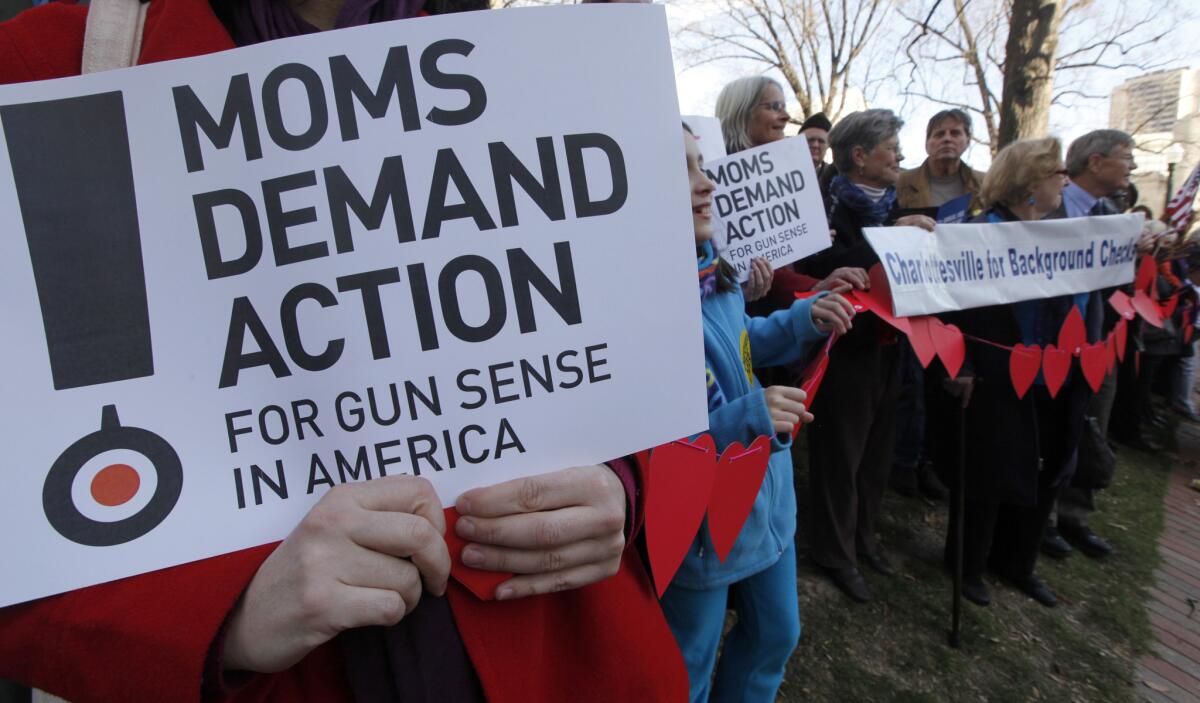That crowd in the emergency room? Kids, shot by guns. Why we need to end this.

No matter how you count up the disparate numbers about the effects of some of our fellow Americans’ infatuation with guns, the answer is the same: Our laws are killing and maiming us.
The medical journal Pediatrics this week reported that, based on the most recent data from 2009, children are hospitalized for gunshot wounds at a rate of 20 a day, or one child every 72 minutes, for a total of 7,391 hospitalizations in 2009. Nine of 10 wounded kids are male, and disproportionately African American, which focuses the problem even more.
The vast majority of the hospitalizations, 4,459, were from assaults, and another 2,149 were “unintentional.” From the report:
“In younger children, hospitalizations due to unintentional injuries were the most common. For example, in children, 10 years of age, 75.4% of the 378 hospitalizations were due to unintentional injuries. Of all hospitalizations, 89.2% were in males, and this marked difference in gender was found regardless of the cause of the injury. There were significant racial differences according to the cause of the hospitalization. Overall, 47.2% of the hospitalizations occurred in black children and adolescents, and blacks comprised 53.8% of assaults, 35.8% of unintentional injuries, 53.8% of injuries that were of undetermined cause, and 13.6% of suicide attempts.”
Note that none of those causes has anything remotely to do with defending the nation against a tyrannical government, or an individual’s desire to go out in a field somewhere and plink beer cans with a high-powered, fast-reloading weapon designed not for sport but to kill.
Beyond the moral issues — what kind of a society condones this kind of domestic savagery? — this is also a public health and public expense problem. As Embry Howell reported at the Urban Institute’s Megatrends blog last year, 36,000 gunshot victims were treated in American emergency rooms in 2010, racking up $630 million in bills, more than half of them paid through public health insurance programs. “This makes it clear that taxpayers pay the largest share of these costs through Medicaid or uncompensated care, although some costs are borne by other payers or the uninsured themselves,” Howell concluded.
And the injuries are preventable — if we were to look at them as a public health issue, not the regrettable fallout of a blind adherence to a romanticized notion that the handgun tucked away in a closet will keep King George from coming back. Or stop a power-mad federal government from taking away our civil liberties. Well, government has done some of that, but not to the point where armed resistance seems reasonable. Besides, when was the last time a SWAT team lost a showdown? Incidentally, the Justice Department reported in 2012 that from 2005 to 2010, some 1.4 million handguns were stolen during home break-ins. So that whole “defending the homestead” argument doesn’t hold a lot of water either. In fact, the Justice Department reported that from 2007 to 2011, less than 1% of victims of firearms crimes responded with their own gun (see the bottom of page one here). Rambos we are not.
There really is no defensible reason for our current low level of gun control, especially given the risks and the costs. Maintaining such life-threatening conditions is ethically wrong. When we recognize a public health problem, we are beholden to try to fix it. But our gun laws also are bad public policy, as these statistics on the victims of gunshots attest. It’s expensive to pay the medical bills for those wounded by guns, and yes, it’s the guns that do that damage. Hurled invective doesn’t wound very deeply; studies show that access to a firearm increases the chances it will be used in an act of violence.
All of which brings us to the crux of the issue. Why does a romanticized view of the rights afforded under the 2nd Amendment, written in a different world, trump the right of the rest of us to live in safety? And why do we continue to pay the public costs — in lives lost, bodies mangled and medical services needed — generated by this near-religious embrace of gun ownership? As the study published in the journal Pediatrics points out, we have embraced public policies to cut down on childhood deaths associated with house fires and swimming pools — which, like youth victims of gunshots, overwhelmingly occur in the home. Why don’t we do it with guns as well?
And yes, this is where we collectively glance at the National Rifle Assn., and the lobbying halls of Congress.
ALSO:
Protect good teachers, fire bad ones
Tarantino vs. Gawker: When is linking illegal for journalists?
How the Democrats can win back the House and keep the Senate -- in 6 steps
Follow Scott Martelle on Twitter @smartelle
More to Read
A cure for the common opinion
Get thought-provoking perspectives with our weekly newsletter.
You may occasionally receive promotional content from the Los Angeles Times.











